Affiliate links on Android Authority may earn us a commission. Learn more.
Will 'bezel-less' be the big smartphone design trend of 2017?
Published onJanuary 20, 2017
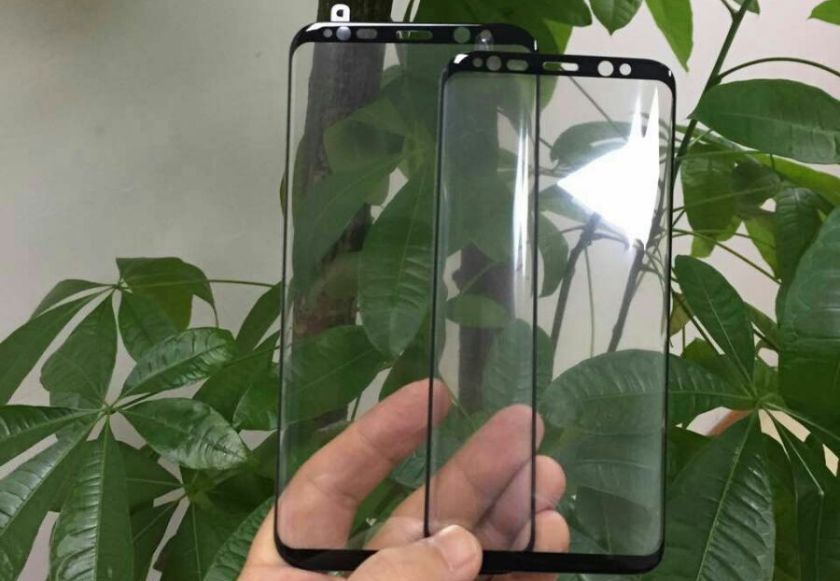
Throughout the past few years, many smartphone makers have decided to go the “bigger is better” route in terms of smartphone design. Samsung and other companies started introducing phones with 5-inch displays a few years ago, which was considered by many users and critics to be too big for people to handle. Nowadays, we see 5-inch displays starting to become the baseline for smartphones, with 5.5-inch and 5.7-inch screens becoming more and more common. We have also seen phones go even higher, up to 6.4-inches for the recently-launched Lenovo Phab 2 Pro.
However, in the race for bigger screens, there also comes a time where the smartphones themselves are also getting bigger as a result. Many people might resist putting in a phone with a display bigger than 5.7-inches simply because they cannot comfortably handle them in their hand or put them in their pants pocket.
It would appear that 2017 could see smartphone companies come up with a solution that promises to offer large displays without increasing the overall bulk of the phone. That solution: bezel-less smartphones.
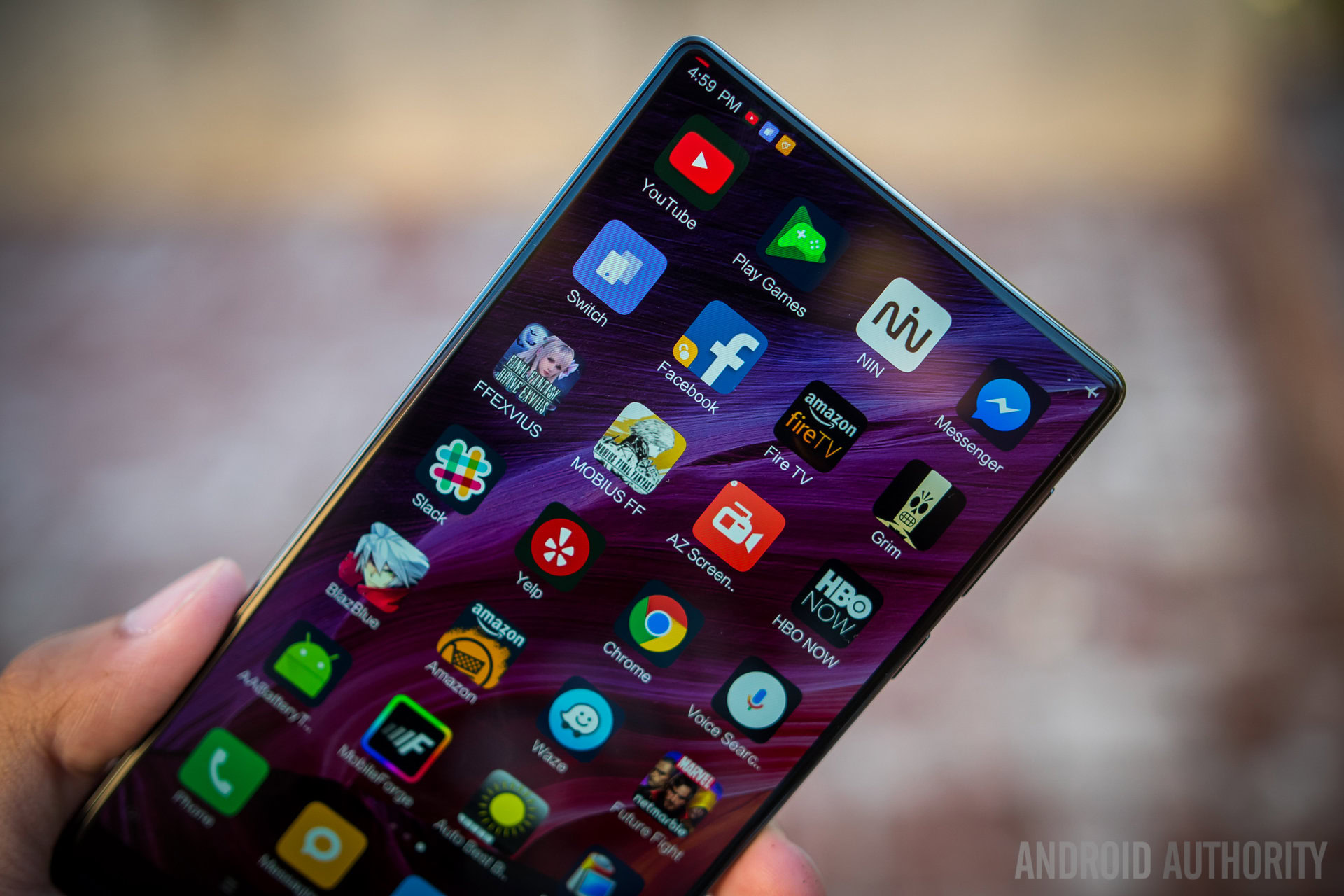
A look back, and a look forward
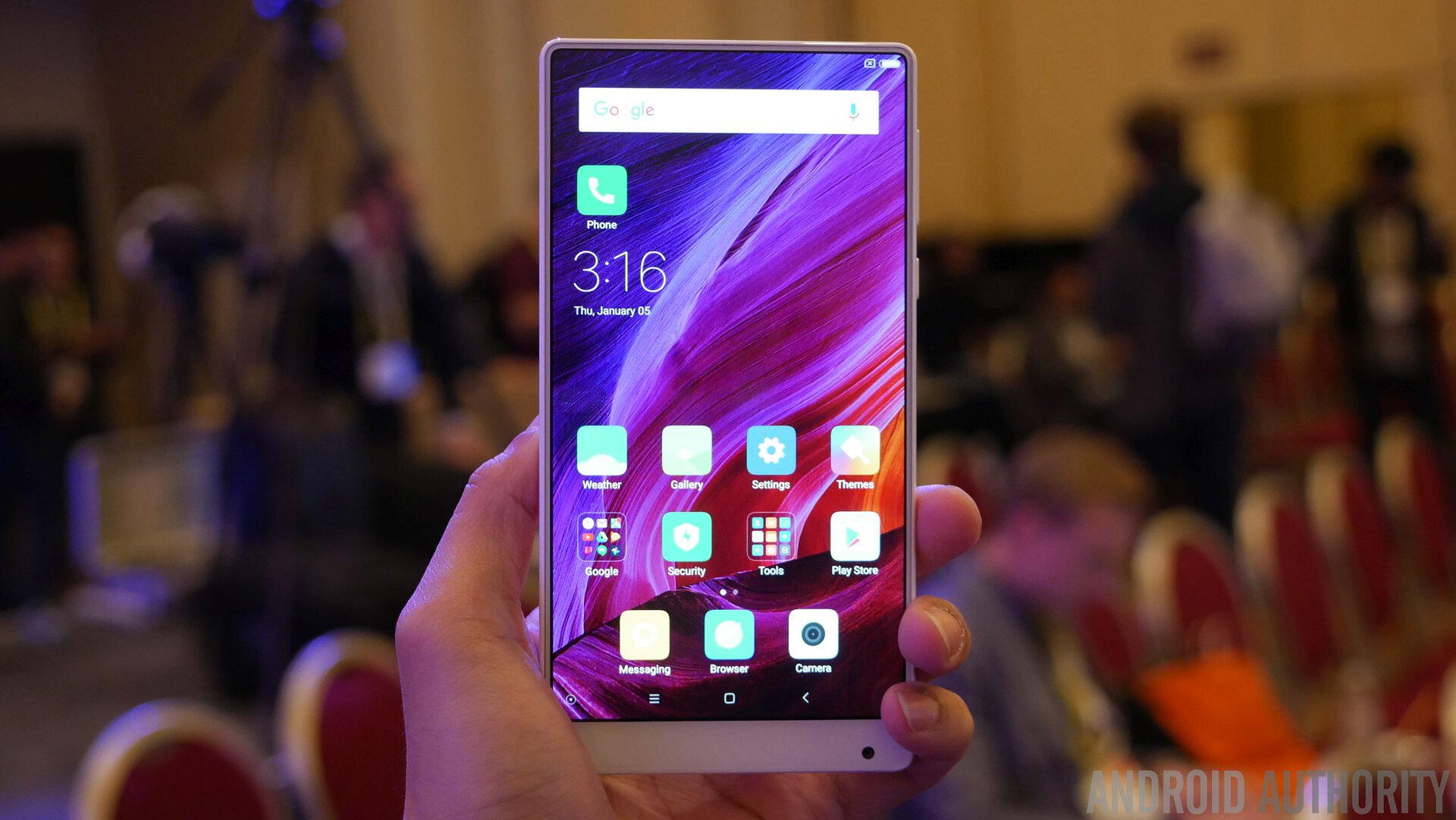
Near bezel-less screens on phones are nothing new, of course, even though they haven’t made their way to the mainstream quite yet. We first started seeing an influx of bezel-less phones pop up a few years ago, from companies like OPPO and Sharp. Then in 2015, Samsung introduced the (sort of) bezel-less Galaxy S6 Edge to the masses. While the S6 Edge may have only featured little-to-no bezel on the left and right sides of the device, the top and bottom still featured as much bezel as you’d see on any other smartphone. Later in the year, the S6 Edge+ came to market with a similar design language, and 2016’s S7 Edge did the same.
[related_videos align=”center” type=”custom” videos=”679646,597711,637995,706763″]
Now, we’re beginning to see some evidence that the near-to-no bezel design is about to break into the mainstream. Xiaomi launched its Mi MIX concept phone in late 2016 in China, which almost got rid of bezels on the top, left and right sides entirely. This got a huge response worldwide, even though the phone itself is not slated to be made available outside of its native country. Xiaomi even went so far to launch an all-new White color variant at CES 2017, hinting that this bezel-less phone project isn’t just a one-off thing.
We're now seeing some evidence that bezel-less phones might actually break into the mainstream
Xiaomi’s bezel-less phones aren’t the only ones making headlines lately. The Samsung Galaxy S8 rumor mill has been in full force over the past few weeks, and one of the more interesting rumors to appear recently is this new purported image of the Galaxy S8’s display shell. If this leak turns out to be real, the S8 will have basically no bezel on its left and right sides. This would appear to be yet another change for the Galaxy S lineup, but it’s also something of an evolution for the phones, as previous Galaxy S models have been designed with smaller bezels.
The Galaxy S8 might have some competition in this space, though. Rumors about the upcoming LG G6 seem to suggest it won’t have much of a bezel for its display, either. The screen is also supposed to have an 18:9 aspect ratio, compared to the normal 16:9 format. That means LG wants to have a different concept for the G6 display, and combining a taller screen with not much bezel could make for a very interesting look for the phone overall.
In addition, the mysterious phone that’s being developed by a startup headed by Android founder Andy Rubin is also rumored to have an edge-to-edge display. Rubin’s company is rumored to be called Essential and this new phone is supposed to be its flagship device, one of a family of connected home and mobile products. Obviously, Rubin has a lot of experience in the Android market, so if he thinks an edge-to-edge display on a smartphone is a good idea, it probably is.
Reports are also coming in that at least one model for Apple’s iPhone 8 could launch with a larger curved screen, which may get rid of most of the bezel borders. The rumors center on how Apple wants to use OLED screens in the iPhone 8, with some reports claiming that the company will launch a high-end 5.8-inch version with a wraparound display. We still have several months before the iPhone 8 launches, so it’s possible Apple could stick with its 4.7-inch and 5.5-inch models for the next iPhone. However, the prospect of an edge-to-edge display for a premium iPhone already has Apple fans pumped up.
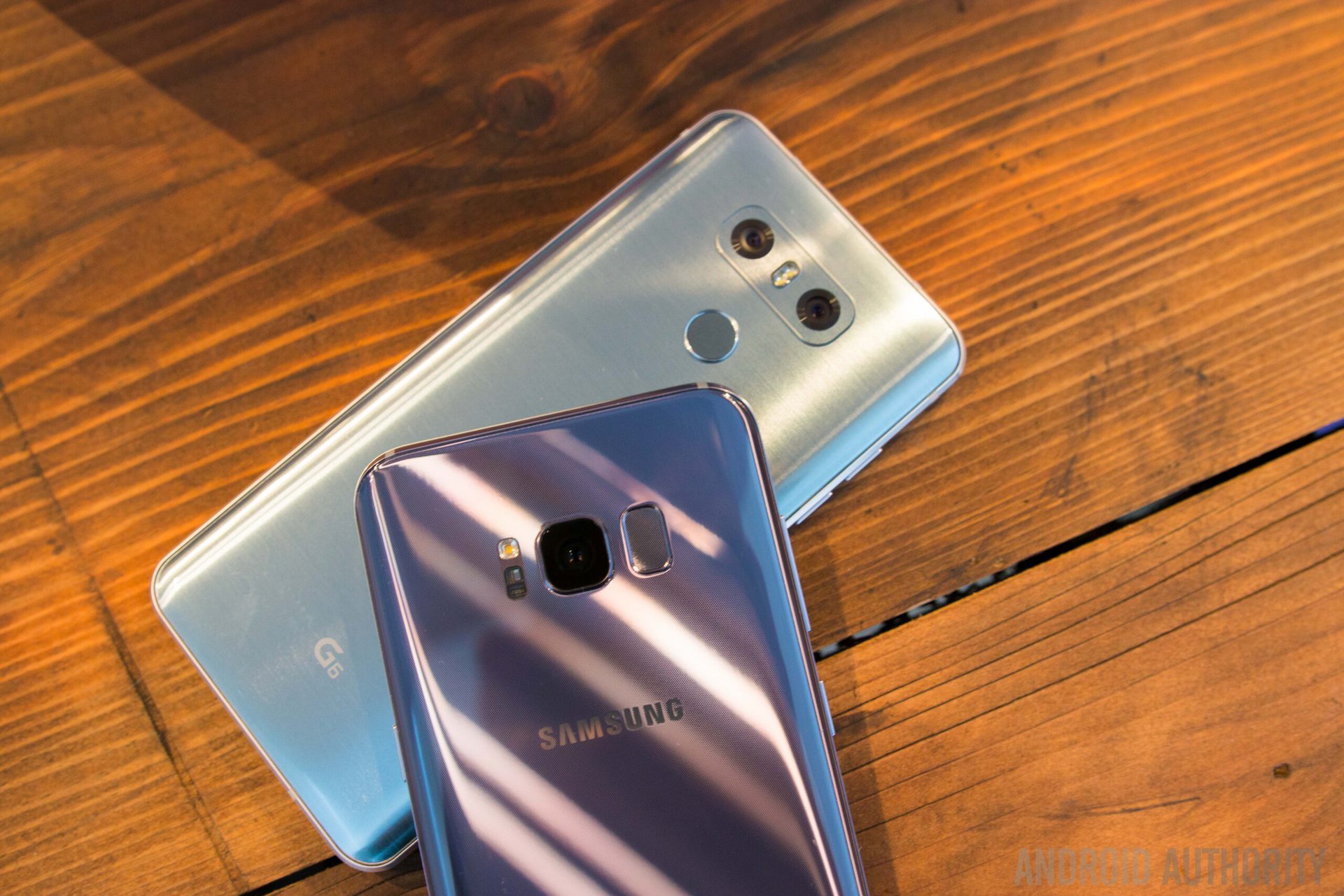
All of these devices with their near bezel-less designs have yet to be confirmed, of course, so there’s no way of telling if the majority of the most popular smartphones will launch with this design cue or not. We’ll ultimately need to wait until each one of these devices are officially announced, but there does seem to be quite a bit of proof that “bezel-less” will be the big design trend of 2017.
What prompted this trend?
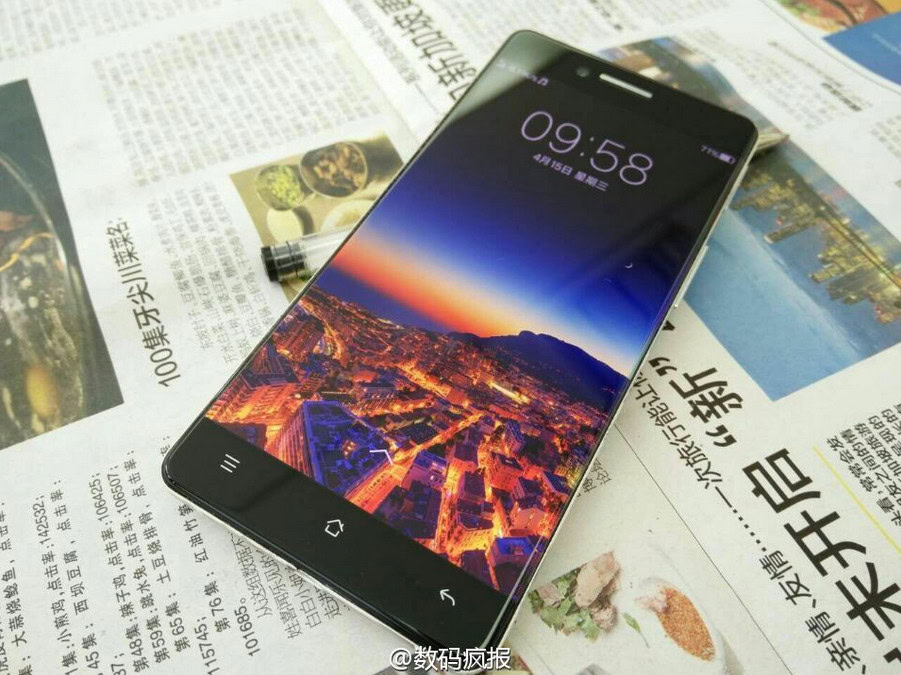
You may be wondering, why has this trend started in the first place? While many of us love the extra real estate offered up by big-screened smartphones, that usually comes at a price. Phones with big screens are also big and unwieldy in the hand, making them difficult to hold most of the time. Now that many consumers are used to having a phone with a display larger than 5 inches, it only makes sense that keeping a big screen size without increasing the size of the phone itself is a plus for everyone. People are used to big-screened smartphones now, and we think everyone can agree that a smaller chassis on these phones would certainly be welcomed.
We think everyone can agree that a smaller chassis on big-screened phones would certainly be welcomed
Smartphone displays are continuing to evolve, too. They’re tougher and more resilient compared to a few years ago, which means we can do more with them. Many high-end smartphones now also feature OLED screens, which are thinner than LCD screens, meaning they can be more easily utilized for curved or wraparound smartphone displays.
At this point in time, the move to ditch the bezel looks like it will be the next smartphone display trend, and by 2018 we may see many more smartphone makers offering those kinds of models in their flagship phones. In fact, this trend may even extend to new mid-range phones by next year as well if it is successful on the higher end.
Does getting rid of bezels work for you?
Whether or not you’re ready for it, we think bezel-less (or at least near bezel-less) smartphones are on their way to the mainstream.
Are you interested in trimming down the bezel on your smartphone, or are you happy with the extra room for handling? Also, would you rather smartphone makers focus on features like resolution, brightness and lower battery use rather than making them bezel-less? Be sure to let us know your thoughts in the comments below!